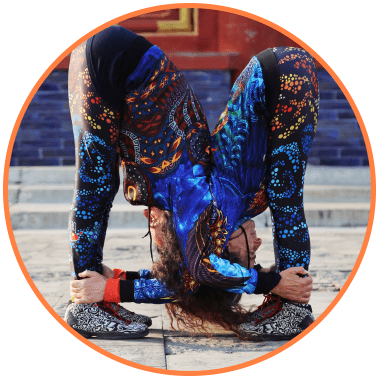Article by Forrest Yoga Guardian Erica Mather


YOGA POSES FOR SWIMMERS
REASON: All the pulling we do with the arms tends to round us forward. This pose helps to open up the upper chest and neck, while simultaneously helping us to get into the legs and ground them down.
CUES: Come into Warrior II position. Feet 4’-5’ apart, depending on leg length. Line up front heel with back arch, back foot turned in 30 degrees. Bend front knee over front ankle. Set left forearm down on left thigh
Inhale arch chest forward
Exhale Reach right arm around behind the back, taking a hold of left thigh, or whatever is reachable
Inhale Press down on left forearm in order to open left shoulder, getting space in the shoulder joint
Exhale Relax left each toward left shoulder without collapsing left shoulder
- Stay for 5-8 breaths
- Repeat on the other side
LASTING THOUGHTS
Contributed by Erica Mather www.theyogaclinicnyc.com














